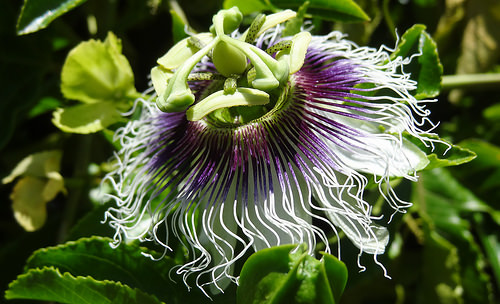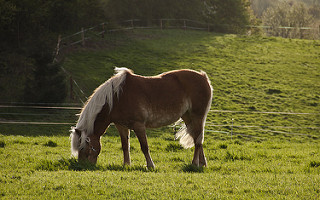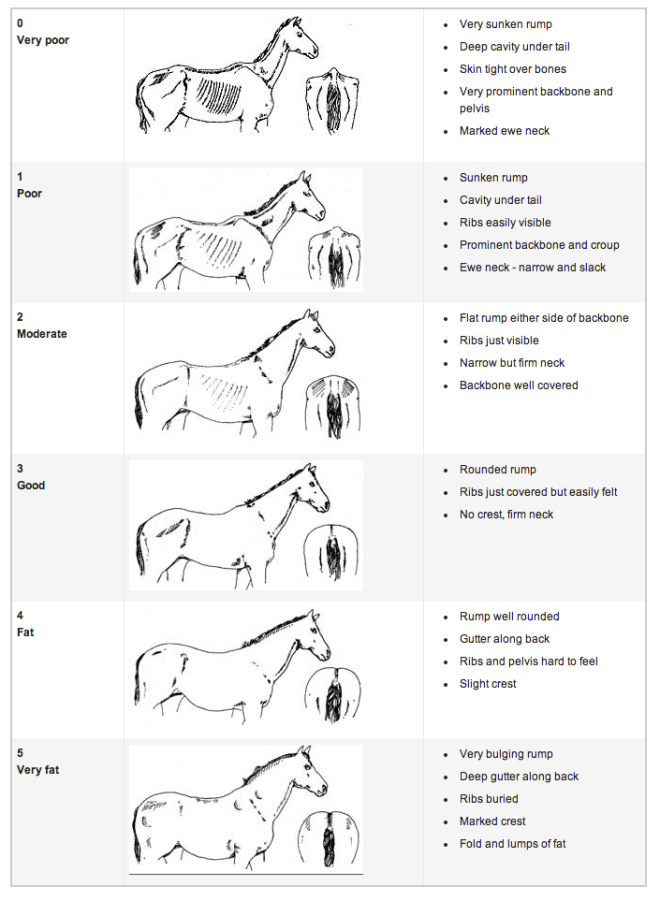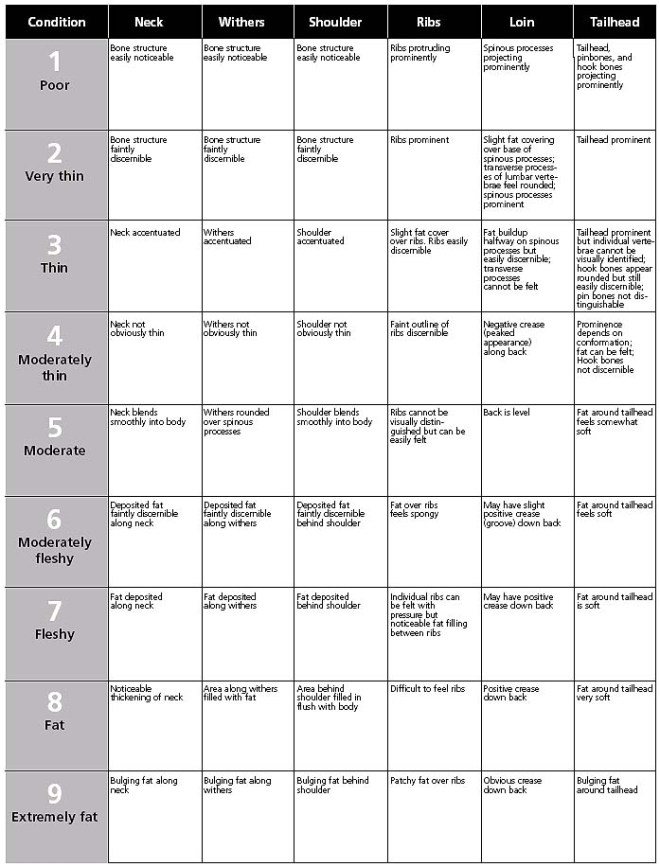B-Complex vitamins are very frequently included in supplements and there are so many B vitamin supplements on the market for a range of issues but most commonly nervousness and excitability.
B-Complex vitamins are water soluble meaning that they aren’t stored in the body and that any excess is rapidly excreted in urine. The upside to this is that causing toxicity is almost impossible. The downside, is that if you’re supplementing with more than the horse needs, the kidneys and urinary system have to work harder to get rid of the excess and frankly, you’re wasting money.
The best thing about the B-complex vitamins, is that the microbes in the horse’s hindgut readily synthesise almost all of them. B1 (thiamin), B2 (riboflavin), B3 (niacin), B6 (pyridoxine), B7 (biotin) and B12 (cobalmin) are all synthesised in adequate amounts by hindgut microbes, provided that the microbes are balanced and healthy. The remaining B vitamins, B5 (pantothenic acid) and B9 (folic acid) are readily available in vegetable and forage material.
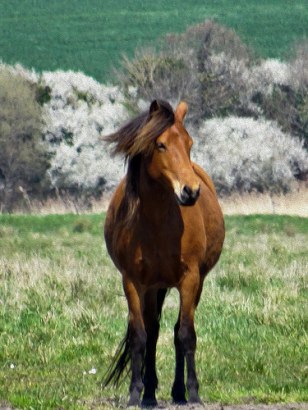
Vitamin B deficiency in horses is very rare and supplementation should only be necessary in a handful of circumstances (listed below). The microbial population synthesise B vitamins in an optimal balance provided that they’re functioning correctly. If you’re recommended a B vitamin supplement or feed a vitamin B supplement to your horse, it’s important to ask yourself why it might be needed?
If you suspect that less than optimal amounts of B vitamins are being synthesised in the gut, why would that be? The answer is that the microbes aren’t happy. The best way to keep hindgut microbes happy is with plenty of forage – ideally as a constant supply to keep the microbes working, fermenting and getting everything they need in order to do what’s required of them. If the horse is fed sufficient forage and has access to roughage at all times, the microbial population will stay balanced, healthy and highly functional.
So when are B vitamin supplements needed? B vitamin supplements may be necessary during/ following a course of antibiotics, on recovery from other illness such as colic or following surgery. Essentially, supplementation may be needed at times when the digestive system has been challenged or compromised and the microbes are likely to be struggling.
If your horse is excitable or nervous, there are a number of supplements available on the market that do not contain B vitamins but still very effectively target the nervous system to settle any underlying issues. This will help your bank account and your horse! It’s also important to establish the root cause of the problem, which may require some retraining and ground work to help the horse settle.
Bottom line? It’s vital to think about the microbes in your horse’s gut, what they should be doing, what they are doing and how happy and balanced they are. Happy Microbes, Healthy Horse!


